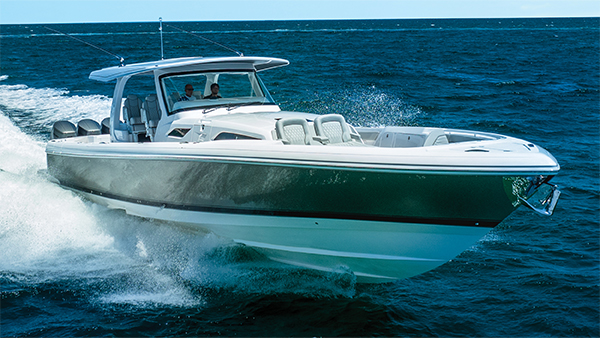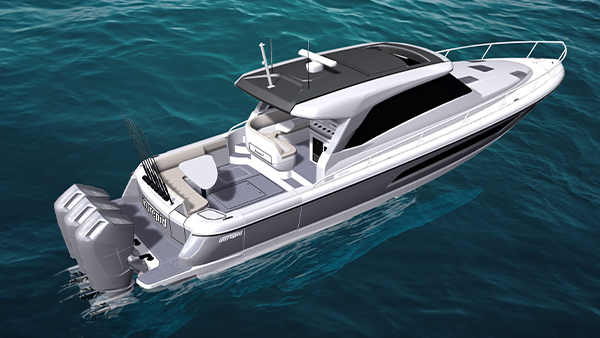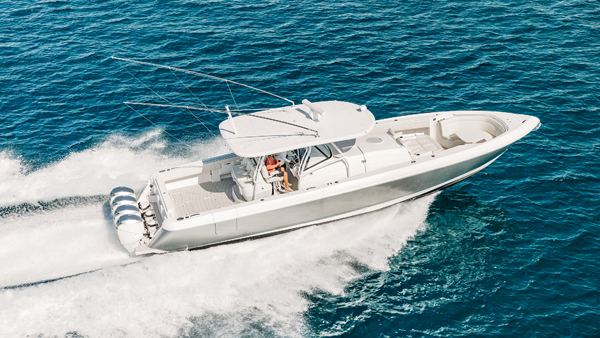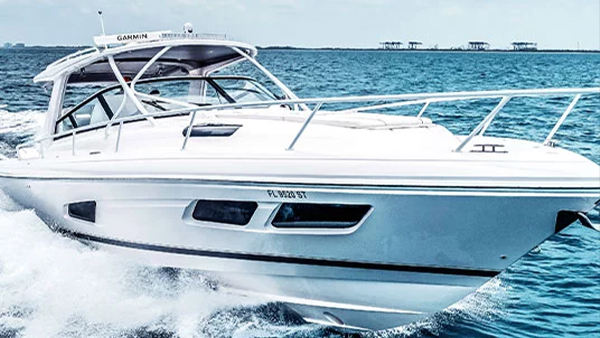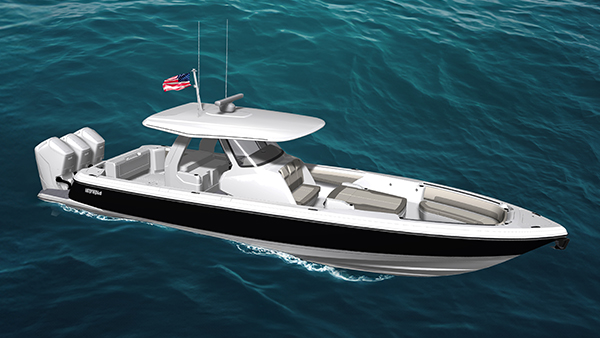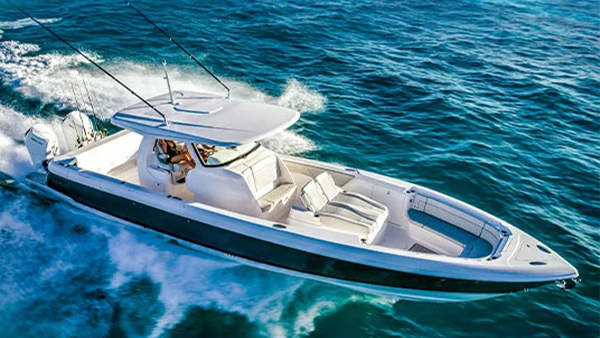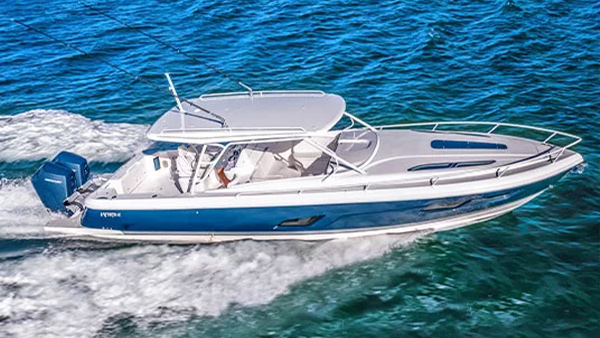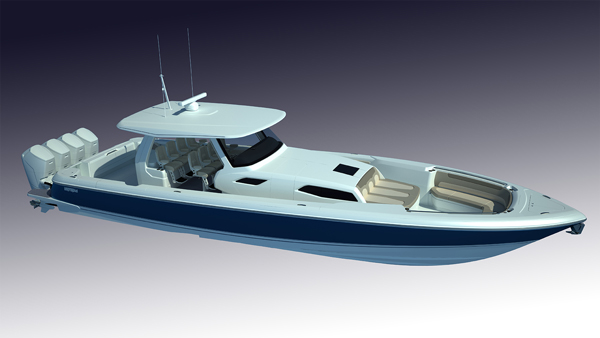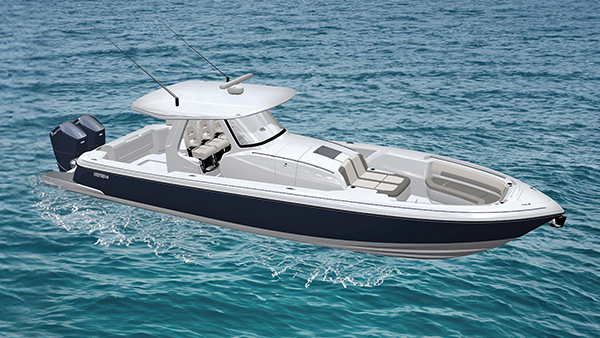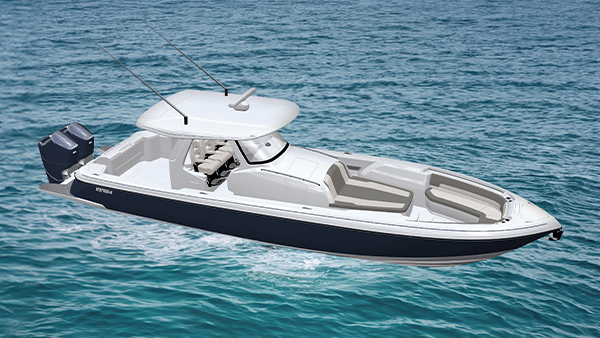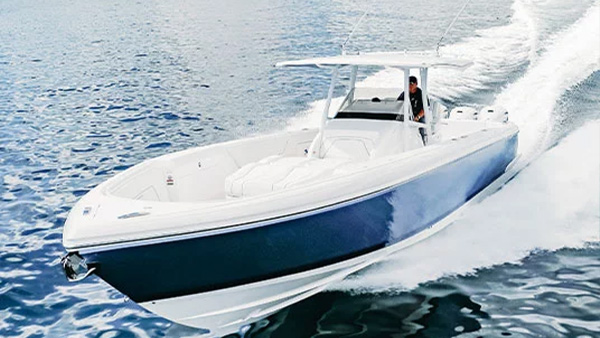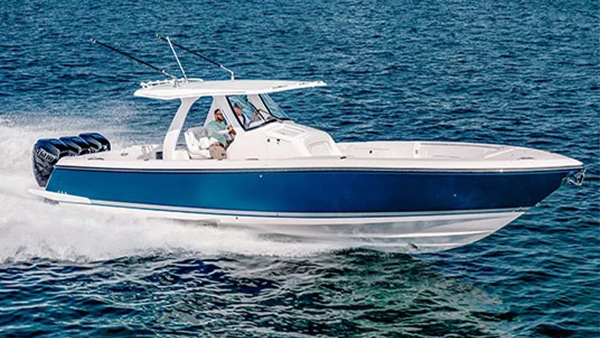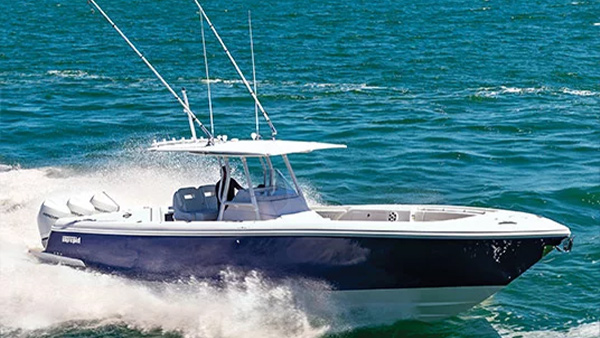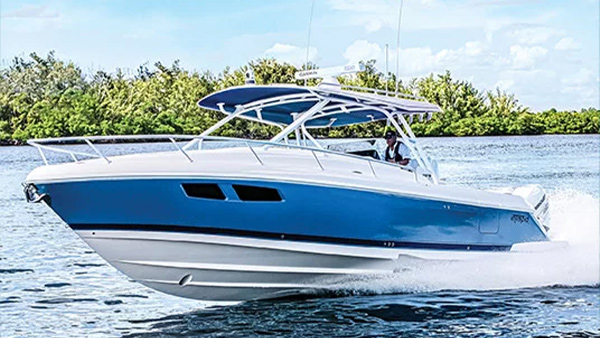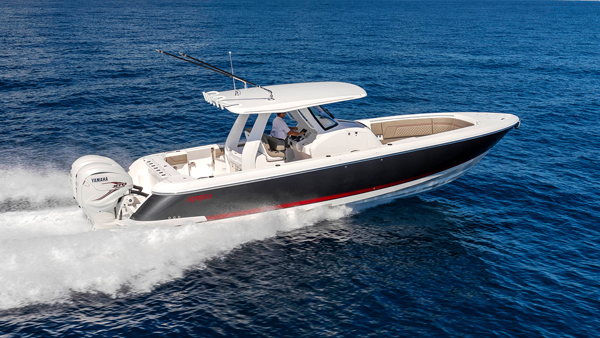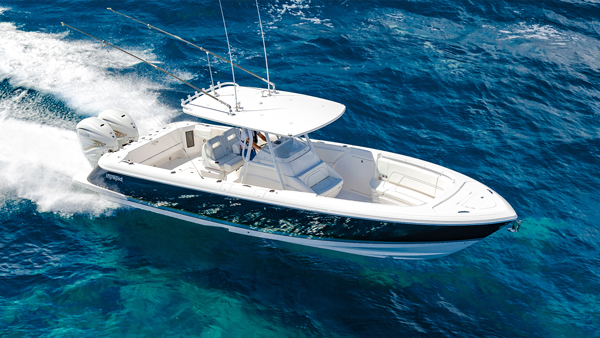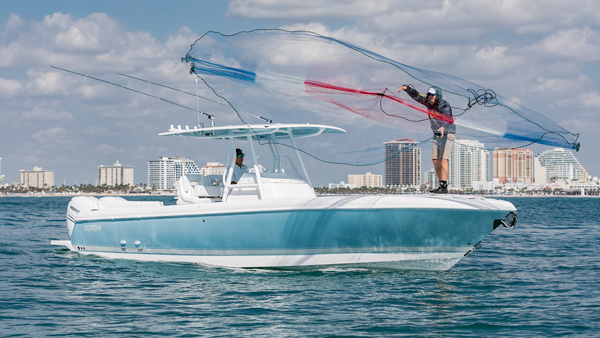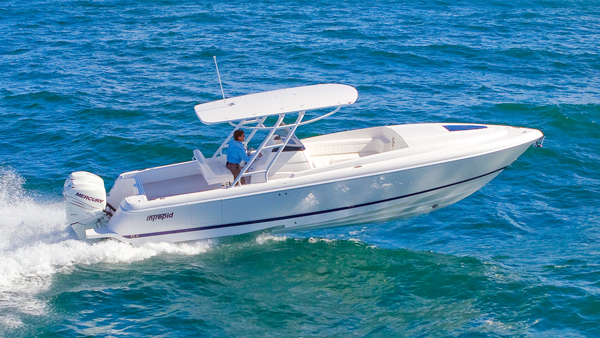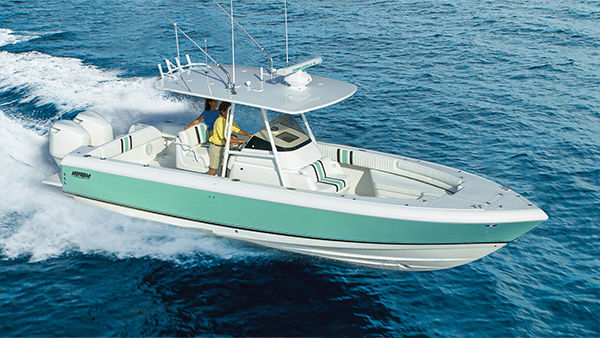“Hi Tim,
I’m posting the reply I sent by email yesterday in an effort to help other forum members.
Joe
==============================================================================
Hi Tim,
I spent some time going through our archives this morning and wasn’t able to find your original hull file. I found the ones just before and just after yours so the number you gave me is a good one. We have had a lot of people work for us since 1989 and some of them weren’t as careful with putting things back where they found them as others. I have attached some original sales brochures that will give you specifications for your boat. We have always built custom boats so specs may vary from boat to boat.
As far as construction drawings that show wire runs and plumbing are concerned, I’m afraid to say that we can’t supply you with anything in that realm. We were a young company in the late eighties that was concerned with building quality boats, documenting what we had done wasn’t as important then as it is now. If you’ve restored other boats then you probably have a strong knowledge of what might be the best way to figure things out as you move through the restoration process. Sending pictures to us with your particular questions helps solve problems as well.
Have you pressure tested the fuel system? That’s the best way to see if the tank has a leak. We put 2 or 3 pounds of air pressure into our new tanks and let them sit for 24 hours to see if there is any loss of pressure. I’m not sure how much you can visually inspect but if the top of the tank doesn’t have any corrosion then you are probably in pretty good shape. I believe that the tank was put in place and then two part foam was poured into the areas surrounding it, thus encapsulating the tank. After that there is a fiberglass bond that ties the top of the tank to the bulkheads and stringers. Removing the tank is not an easy task, but it did get put in, so it will come out. I’m wondering if the odor you mentioned in your inquiry is due to residual gasoline that might have permeated the foam that surrounds the tank. Cutting the bulkhead that’s just aft of the tank may be necessary to allow it to slide back for removal. I’ll ask you to see if there’s a plate on the tank that identifies the manufacturer, we will be able to direct you to someone who can make a new tank for you if that becomes necessary.
The areas that have been filled with foam weren’t meant to have water in them, any number of things could have happened over the years to make that area wet. I agree with your thoughts on getting the water out using a shop vac and then installing drains to let any water that might eventually find its way into those voids drain itself. I would say that the bilges under the cabin sole could be foam filled if there are no hatches in the sole.
We have approximately 4,000 molds for the current models of boats that we build now. This is what enables us to provide all of the custom features that we have always offered. It is a monumental task to catalog and keep track of all these molds. We usually keep small molds for a few years after we stop production of a particular model, but we don’t have anything on hand for boats built in the eighties or nineties. I’m not sure where you have the boat, but there are people who can build parts or molds for various parts. Let me know what you need and I’ll see what we might be able to do.
I hope I’ve answered your questions thoroughly. Please contact me again with any others you may have.
Best regards,
Joe
“

